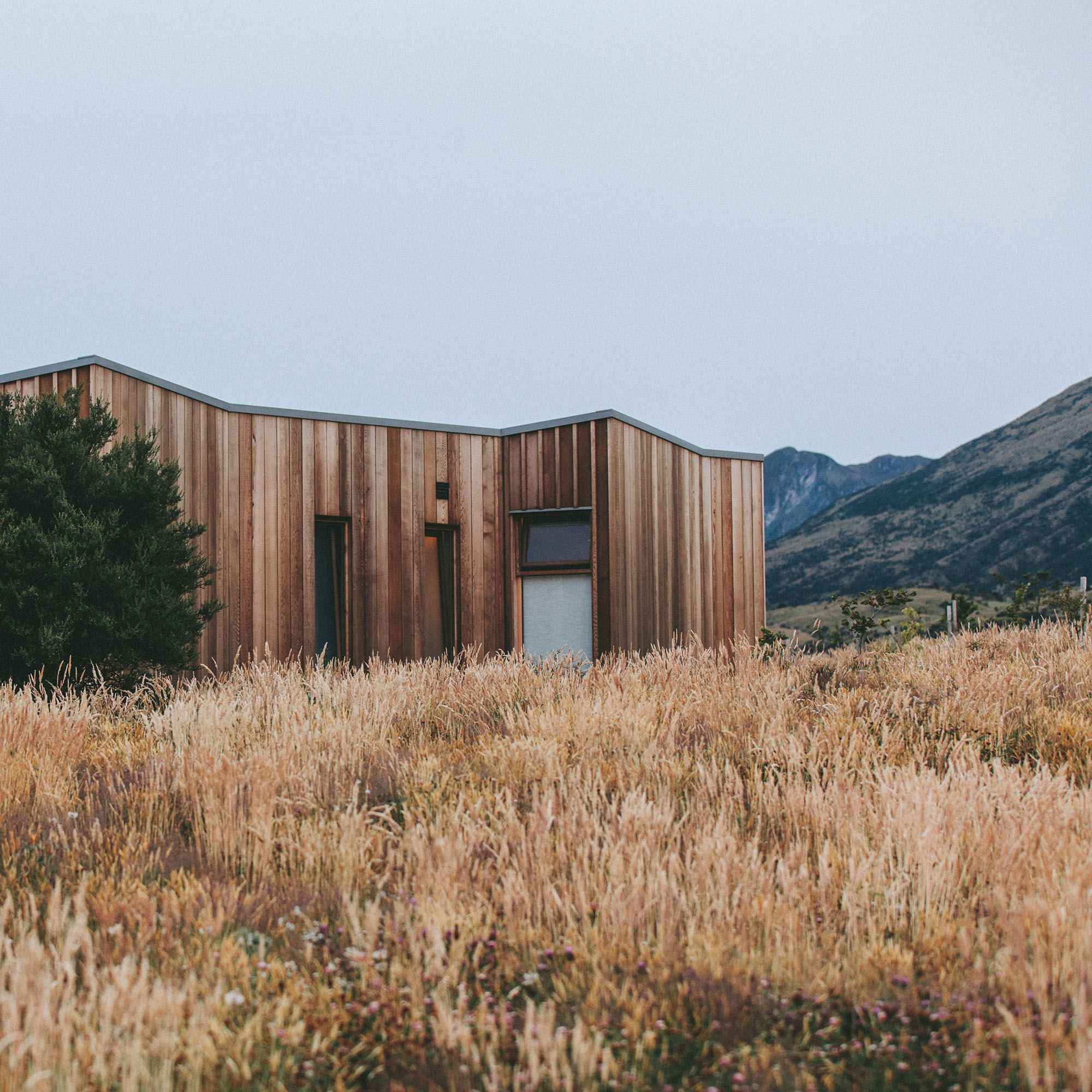Raised Bed Planting
Raised beds have some advantages over other methods and and are easy to grow in. Pests such as gophers and some crawling insects have a much more difficult time making a meal of your garden. Success in raised bed growing is deeply connected to healthy soil. Adding the proper soil mix is necessary for a productive harvest. The steps below will offer a path to successfully growing a bountiful harvest of heirloom tomatoes.
Step One: Ensure the proper light for your raised bed
Tomatoes need 8 hours of sunlight to produce fruit. The plant may grow in less light but you may not grow any fruit. Keep in mind that as the days progress through the year the position of the sun can adjust such that your daylight hours can be lessened depending on the placement. Periodically, ensure that your tomato plant is receiving at least 8 hours per day. Preferably, full sun - all day long. In some areas, the heat and sun are so intense that tomatoes “burn up” due in part to extreme temperatures. We recommend using a 30% sunshade above the tomato, which does not inhibit the growth but reduces the area air temperature by up to 15 degrees. Note: A sunshade is only needed in sunny areas consistently reaching 90-100 degrees daily throughout the summer.
Step Two: Soil Preparation
Select a high quality brand such as Malibu Compost or Fox Farms Raised Bed Soil to fill your beds. The quality of what you buy directly impacts the health of your plants and food. I recommend placing cardboard, with all tape removed, in the bottom of beds before filling. Top the cardboard with a layer of alfalfa, straw or leaf debris. Then fill the bed up but stop at least 2” below the top edge of the bed. Do not fill to the top. The soil will settle if using layers. Ensure that the bedding is level to prevent water pooling. Throughout the season you will top dress with compost. I highly recommend Malibu Compost Bud’s Biodynamic Mix.
Step Three: Planting the Tomato
Prepare a hole 2 times bigger than the root mass or container. You will be planting the tomato very deeply. Do not pack the soil in tightly; the roots need space to grow. The stem should be well supported .
Step Four: Water & Fertilizing
Tomatoes need consistent watering. Choose a time of day and stick to that 2-3 hour window. Ideally, put your watering on an automated timer, they are inexpensive and can produce drastically different results if you have a busy schedule! Keeping tomatoes watered regularly is 50% of the success! Fertilize bi-weekly with an organic Fish & Kelp Emulsion, this is not a synthetic fertilizer and will not “burn” plants. Apply in the a.m. using a watering can. Tomatoes can absorb nutrients through their leaves.
Step Five: Support & Trellis
There are a multitude of options for supporting your tomato through its growth. No matter what, it must be strong! You should use the heaviest gauge wire available if using cages. It should support approximately 50 lbs. You can also “trellis” your tomato by following my demo on how to use the lower and lean method.
Note: We now offer a trellis kit on our website. You will find it with the tomato varieties.













